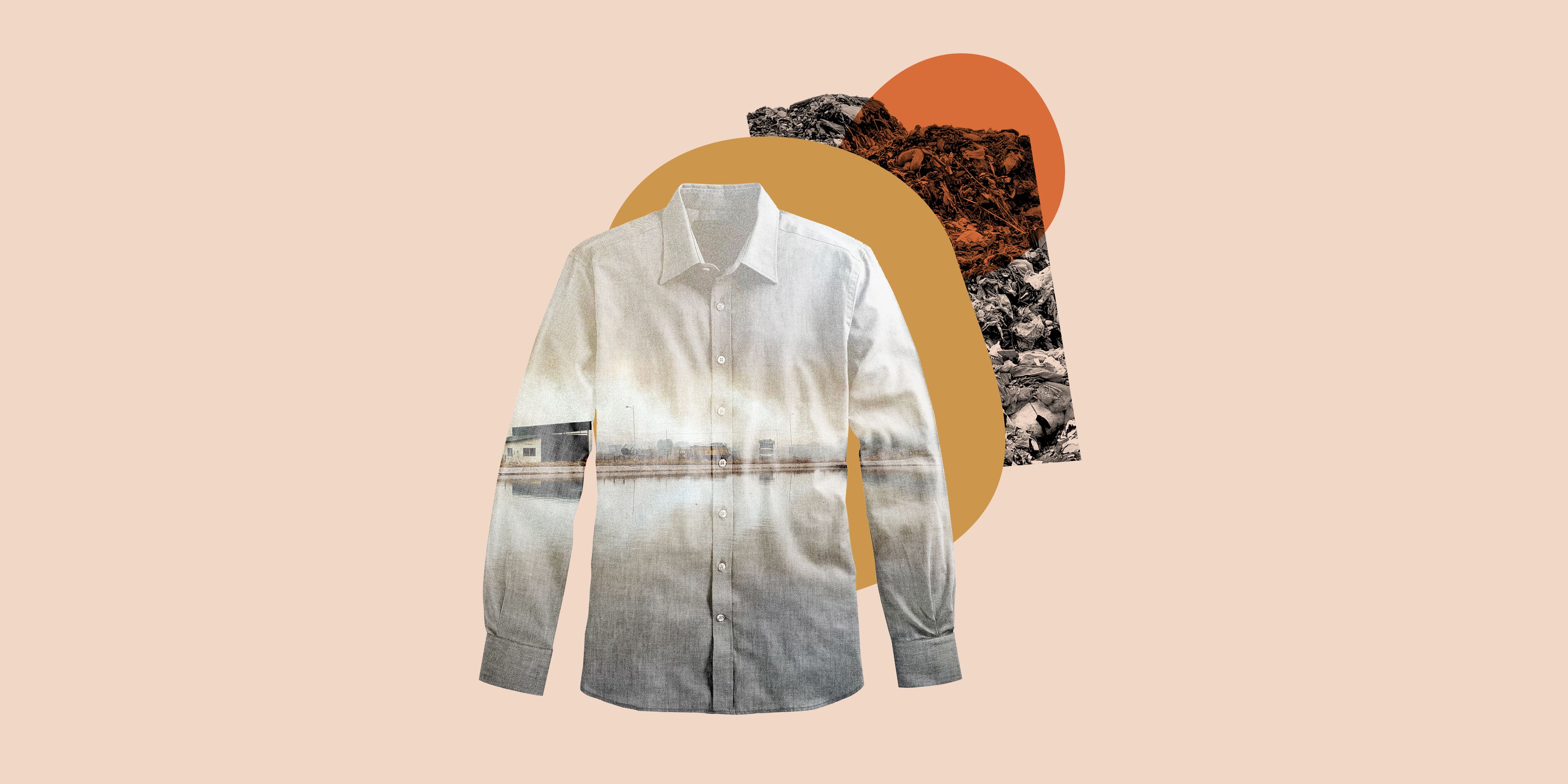Discovering the Rise of Cape Town Sustainable Fashion Brands
Discovering the Rise of Cape Town Sustainable Fashion Brands
Blog Article
Keep Ahead of the Contour by Checking Out Cutting-edge Style Fads
In a market as vibrant as style, staying in advance involves more than just complying with present fads-- it demands an expedition of innovation. The merging of technology and style proclaims a new era of customer interaction.

Welcoming Smart Textiles
In recent times, the garment industry has actually seen a transformative change with the assimilation of wise fabrics, an advanced advancement that blends modern technology with fabric. This development represents not only a blend of aesthetics and performance yet additionally a substantial leap towards sustainability and customization in fashion. Smart textiles, likewise known as e-textiles, installed advanced electronics such as sensing units and conductive threads within the material, allowing garments to connect with the wearer or the atmosphere.
These fabrics are designed to monitor physiological parameters, such as heart price or body temperature, providing real-time health and wellness analytics. Beyond health applications, clever fabrics are additionally being used for adaptive clothes, which can change color or pattern in response to ecological stimulations, thus using a vibrant fashion experience.
Additionally, the development of energy-harvesting fabrics that create power from movement or sunshine is paving the way for self-dependent wearable technology. This technology is interesting ecologically aware consumers and designers aiming to decrease the ecological impact of style. As r & d in this area breakthrough, clever fabrics are expected to end up being significantly common, reshaping the landscape of modern-day style with their multifunctional abilities.
The Rise of 3D Printing
Changing the manufacturing landscape, 3D printing has actually emerged as a game-changer in the style market. This cutting-edge innovation has enabled developers to push the borders of imagination, generating elaborate and tailored garments that were previously inconceivable. By leveraging electronic style and additive production, 3D printing helps with the production of complex geometries and patterns, enabling designers to try out new appearances and frameworks.
A notable advantage of 3D printing in vogue is its ability to generate on-demand, reducing waste and lowering supply needs. This effectiveness not only maximizes production processes but also enables for quick prototyping, allowing designers to bring their visions to life in a shorter timeframe. Furthermore, 3D printing sustains customization somewhat unmatched by traditional methods, using tailored fits and unique styles customized to specific customer choices.
The rise of 3D printing has likewise democratized fashion, making it available to emerging designers who can now produce high-quality pieces without considerable financial investment in standard production infrastructure. As innovation remains to breakthrough, the apparel industry is positioned to harness the complete potential of 3D printing, checking out brand-new products and strategies that will most certainly redefine how fashion is conceived and produced.
Lasting Fashion Technologies
As the apparel industry faces journalism need for ecological obligation, lasting style advancements have actually arised at the leading edge of transformative adjustment. The growing understanding of ecological effect has actually sustained a change in the direction of more eco-conscious practices and materials. Designers and brands are now prioritizing sustainability, including techniques that decrease waste and reduce carbon impacts.
One significant growth is the rise of round fashion, which emphasizes recycling and upcycling to prolong the lifecycle of garments. This approach not only minimizes waste but also urges customers to adopt a more conscious approach to clothes intake.
An additional innovation hinges on the fostering of ingenious dyeing techniques that make use of all-natural dyes or waterless procedures, thus reducing the substantial quantities of water and chemicals traditionally used in fabric dyeing. In addition, advancements in biotechnology have resulted in the production of lab-grown leather and fabrics, offering environmentally pleasant and cruelty-free options to traditional products. Via these introducing efforts, the garment industry is making significant strides in the direction of an extra lasting future.

Tech-Integrated Apparel
Tech-integrated clothing stands for a groundbreaking combination of style and modern technology, improving exactly how people connect with their garments. This innovative domain is noted by the addition of smart textiles and ingrained digital components, boosting both functionality and visual charm. From health and fitness trackers installed in sports apparel to best site warmed coats regulated via mobile phone applications, tech-integrated clothing offers customers unprecedented ease and flexibility.
Introducing brand names are driving this trend, focusing on creating garments that react to ecological stimuli or individual commands. For example, some garments her explanation can transform shade or pattern in feedback to temperature level changes, while others incorporate biometric sensors to check wellness metrics like heart rate or tension degrees. The seamless combination of innovation into textiles additionally includes ecological sustainability, with efforts to establish self-cleaning materials or garments that change to weather problems, thus reducing the need for numerous layers.
In addition, the introduction of wearable technology is not simply limited to clothing but includes accessories like watches and glasses, more widening the range of tech-integrated fashion. As the market proceeds to introduce, the possibility for personalization and customization in garments grows, supplying customers distinct, tech-enhanced style experiences that provide to their individual needs and preferences.
Future of Virtual Style
Recently, the future of online style has arised as a transformative force within the market, leveraging advancements in electronic modern technology to redefine exactly how fashion is developed, experienced, and taken in. By incorporating augmented truth (AR), virtual fact (VIRTUAL REALITY), and 3D design tools, developers can now craft immersive and interactive experiences that transcend traditional fashion borders. Online fashion enables the development of garments that exist exclusively in digital atmospheres, using unlimited opportunities for innovation without the limitations of physical manufacturing.
This electronic click this shift not only presents possibilities for imaginative expression but additionally addresses sustainability issues fundamental in typical style practices. Cape Town Sustainable Fashion. By getting rid of the need for physical sources, virtual fashion decreases waste and reduces carbon impacts. Furthermore, the surge of digital fashion lines up with the raising customer demand for tailored and special experiences, as virtual garments can be customized and tailored to individual choices with simplicity

Conclusion
The style sector's future lies in the assimilation of lasting practices and innovative innovations. Online fashion is positioned to redefine customer communications.
In current years, the fashion industry has witnessed a transformative shift with the integration of smart fabrics, a cutting-edge development that blends modern technology with fabric.As the fashion sector grapples with the pressing requirement for ecological responsibility, sustainable fashion innovations have emerged at the center of transformative adjustment.In recent years, the future of online style has actually arised as a transformative force within the sector, leveraging improvements in electronic technology to redefine exactly how style is developed, experienced, and consumed. The rise of online style aligns with the raising consumer demand for special and customized experiences, as online garments can be tailored and tailored to individual choices with simplicity.
The fashion industry's future lies in the assimilation of sustainable practices and innovative modern technologies.
Report this page